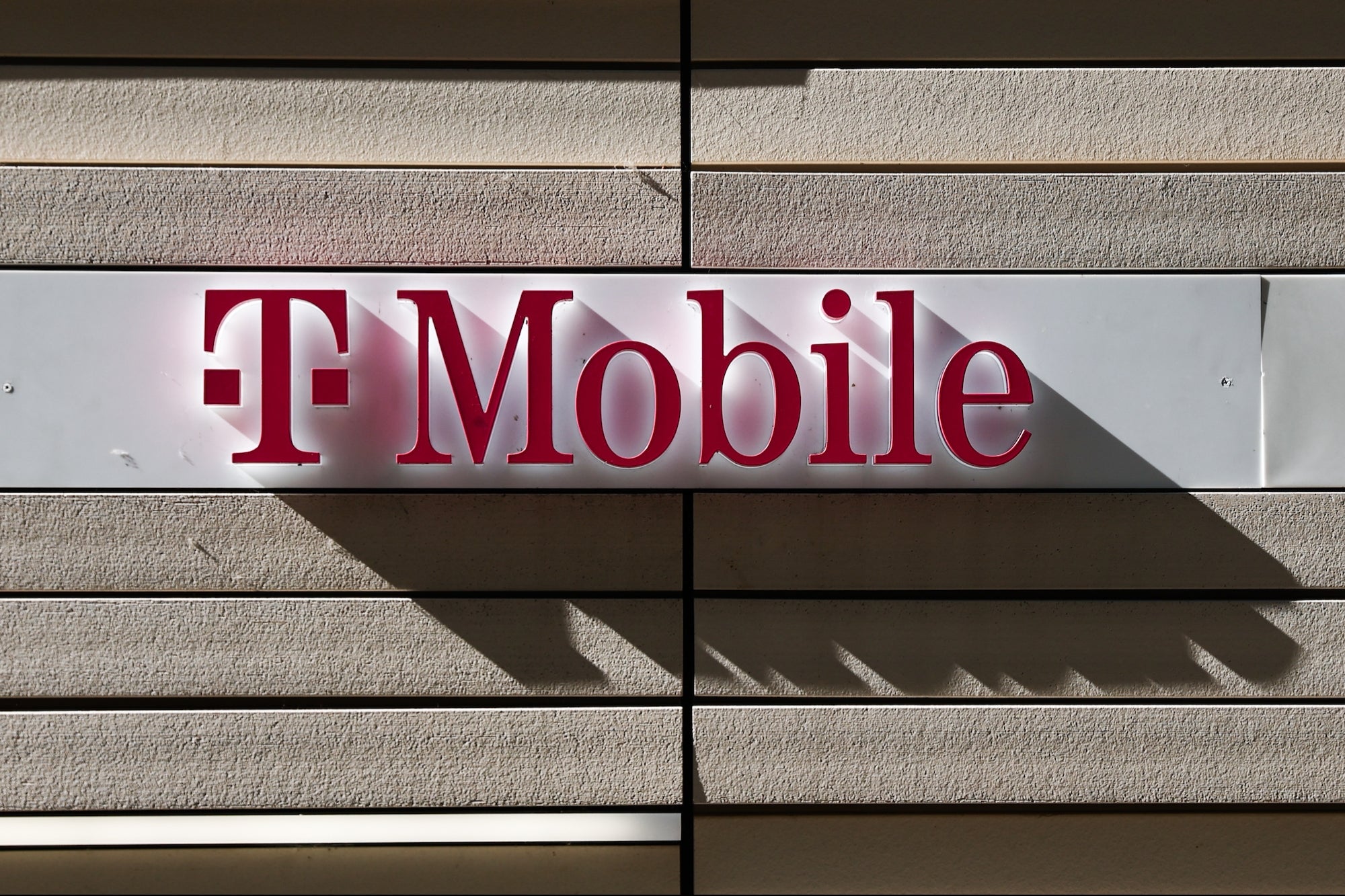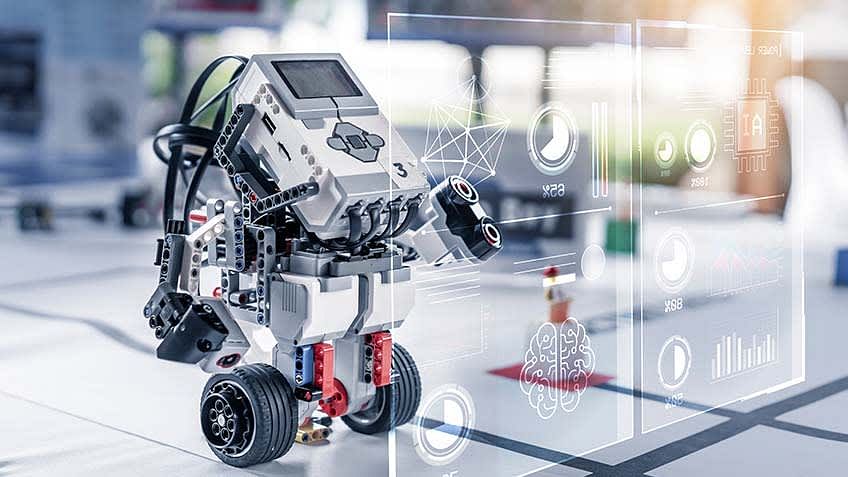Metropolis Japan: A Deep Dive Into Its Urban Development

Table of Contents
This article aims to provide a comprehensive overview of urban development in Japanese metropolises, analyzing the historical evolution, modern strategies, and case studies that define the unique urban fabric of Japan.
The Historical Evolution of Japanese Cities
From Edo to Meiji: The Transition from Traditional to Modern Urban Planning
The Edo period (1603-1868) profoundly shaped Japanese urban landscapes. Cities like Edo (present-day Tokyo) flourished with intricate networks of canals and streets, reflecting a hierarchical social structure in its urban planning. Traditional Japanese architecture, characterized by wooden structures and carefully planned districts, dominated the cityscape.
- Edo Period: Highly organized urban layout with distinct districts for different social classes and trades.
- Meiji Restoration (1868): Triggered rapid modernization, leading to the introduction of Western-style urban planning principles.
- Early Infrastructure Development: Construction of railways, improved water systems, and the introduction of electricity revolutionized urban life. This laid the groundwork for the rapid urbanization to follow.
This transition from traditional to modern urban planning is evident in the architectural shift, the development of a more grid-like infrastructure, and the increasing influence of Western architectural styles. The foundations laid during this period directly impacted the subsequent explosive growth of Japanese cities.
The Post-War Boom and Rapid Urbanization
The post-WWII period witnessed unprecedented economic growth in Japan, fueling a rapid expansion of its cities. This "economic miracle" resulted in the emergence of megacities such as Tokyo, Osaka, and Nagoya, each experiencing explosive population growth.
- Rapid Economic Growth: Led to massive internal migration from rural areas to urban centers.
- Rise of Megacities: Tokyo, Osaka, and Nagoya became centers of industrial and economic activity.
- Challenges of Overpopulation and Housing Shortages: The sudden influx of people led to severe housing shortages and strains on infrastructure.
This era presents a complex picture of success and challenges. While Japan's economic growth created opportunities, it also presented significant urban planning hurdles. Overcoming these challenges shaped many of the innovative strategies employed in subsequent decades.
Modern Urban Development Strategies in Metropolis Japan
High-Density Living and Vertical Urbanization
Faced with land scarcity, Japan embraced vertical urbanization, efficiently using limited space through the construction of high-rise buildings. Advancements in construction technology and a preference for apartment living have contributed to this unique urban density.
- High-Rise Buildings: Efficient use of land, creating densely populated but functional urban areas.
- Advancements in Construction Technology: Seismic design and innovative building materials enable the construction of skyscrapers resistant to earthquakes.
- Impact on Lifestyle: High-density living fosters a unique sense of community and proximity to amenities.
This strategy showcases a remarkable adaptation to limited land resources, balancing high population density with efficient urban design and ensuring convenience for residents.
Technological Integration and Smart City Initiatives
Metropolis Japan is a pioneer in integrating technology into urban planning. The focus on efficient public transportation, particularly the Shinkansen (bullet train), and the development of robust digital infrastructure highlight this commitment. Moreover, environmental sustainability is a key aspect of many smart city initiatives.
- Public Transportation: Extensive and efficient public transport networks alleviate traffic congestion and reduce reliance on private vehicles.
- Digital Infrastructure: High-speed internet access and advanced communication systems are integral to daily life.
- Environmental Sustainability Initiatives: Programs focused on renewable energy, waste management, and green spaces contribute to a more sustainable urban environment.
These technological advancements are not merely aesthetic; they are crucial for managing the challenges of high population density and environmental concerns.
Addressing Challenges: Sustainability and Disaster Resilience
Japan's urban development strategies are deeply influenced by the need for environmental sustainability and disaster resilience. The country's susceptibility to earthquakes necessitates robust earthquake-preparedness measures, and environmental challenges such as pollution and waste management are actively addressed.
- Earthquake Preparedness: Strict building codes and emergency response systems are critical for mitigating earthquake risks.
- Sustainable Development: Initiatives focus on reducing carbon emissions, promoting green spaces, and improving waste management systems.
- Green Technology and Renewable Energy: Investment in renewable energy sources and green technologies contributes to a more sustainable urban future.
These considerations are not mere additions to urban planning but fundamental aspects deeply embedded in the design and development of Metropolis Japan.
Case Studies: Examining Specific Metropolitan Areas
Tokyo: A Global Hub of Innovation and Density
Tokyo, a global metropolis, exemplifies the innovative and dense urban development strategies employed in Japan. Its unique blend of traditional and modern architecture, cutting-edge infrastructure, and vibrant cultural scene make it a global leader.
- Shinjuku and Shibuya: These districts represent the epitome of modern, high-density urban development.
- Technological Advancements: Tokyo is a testing ground for numerous smart city technologies.
- Innovation Hub: A center for technological advancement and global business.
Osaka: A Thriving Economic Center with a Distinct Character
Osaka, while sharing similarities with Tokyo, possesses a distinct character. Its urban development reflects a strong emphasis on commerce and a lively cultural scene, resulting in a unique urban atmosphere.
- Dotonbori: A vibrant entertainment district showcasing Osaka's energetic spirit.
- Urban Regeneration Projects: Efforts focused on revitalizing older districts and integrating modern amenities.
- Distinct City Character: Osaka retains a unique cultural identity separate from Tokyo.
Other Notable Cities
Other significant metropolitan areas in Japan, including Nagoya, Kyoto, Fukuoka, Yokohama, and Sapporo, each showcase unique urban development characteristics reflecting their regional contexts and histories. Their individual approaches to urban planning contribute to the diverse tapestry of Metropolis Japan.
Conclusion: Understanding Metropolis Japan's Urban Development
This exploration of Metropolis Japan reveals a complex and fascinating evolution of urban development. From the traditional layouts of the Edo period to the technologically advanced megacities of today, Japan has continuously adapted and innovated. The strategies employed—high-density living, technological integration, and a commitment to sustainability and disaster resilience—showcase a remarkable ability to overcome challenges and create vibrant, functional urban environments. The key finding is the innovative and efficient approaches used, proving that even with limited space, a thriving and sustainable urban environment can be created.
Learn more about Metropolis Japan and its ongoing urban development by exploring resources dedicated to Japanese urban planning and architecture. Dive deeper into the world of Metropolis Japan and share your thoughts on its future development in the comments below.

Featured Posts
-
 Taylor Swifts Eras Tour High Resolution Photos Of Her Wardrobe
May 18, 2025
Taylor Swifts Eras Tour High Resolution Photos Of Her Wardrobe
May 18, 2025 -
 Indonesian Authorities Arrest Us Basketball Player Death Penalty A Potential Consequence For Drug Smuggling
May 18, 2025
Indonesian Authorities Arrest Us Basketball Player Death Penalty A Potential Consequence For Drug Smuggling
May 18, 2025 -
 Viniloviy Bum Teylor Svift Lidiruye Za Prodazhami Ostannogo Desyatilittya
May 18, 2025
Viniloviy Bum Teylor Svift Lidiruye Za Prodazhami Ostannogo Desyatilittya
May 18, 2025 -
 Cassidy Hutchinson Memoir A January 6th Insiders Account
May 18, 2025
Cassidy Hutchinson Memoir A January 6th Insiders Account
May 18, 2025 -
 How Chat Gpts Ai Coding Agent Is Transforming Software Development
May 18, 2025
How Chat Gpts Ai Coding Agent Is Transforming Software Development
May 18, 2025
Latest Posts
-
 T Mobile Fined 16 Million For Repeated Data Breaches Over Three Years
May 18, 2025
T Mobile Fined 16 Million For Repeated Data Breaches Over Three Years
May 18, 2025 -
 Students Ai Paper Mits Official Response And Repercussions
May 18, 2025
Students Ai Paper Mits Official Response And Repercussions
May 18, 2025 -
 Doom The Dark Ages A Balanced Approach To Love And Action
May 18, 2025
Doom The Dark Ages A Balanced Approach To Love And Action
May 18, 2025 -
 The Geopolitical Implications Of Trumps Middle East Tour
May 18, 2025
The Geopolitical Implications Of Trumps Middle East Tour
May 18, 2025 -
 Controversy Mit Withdraws Backing From Students Ai Project
May 18, 2025
Controversy Mit Withdraws Backing From Students Ai Project
May 18, 2025
